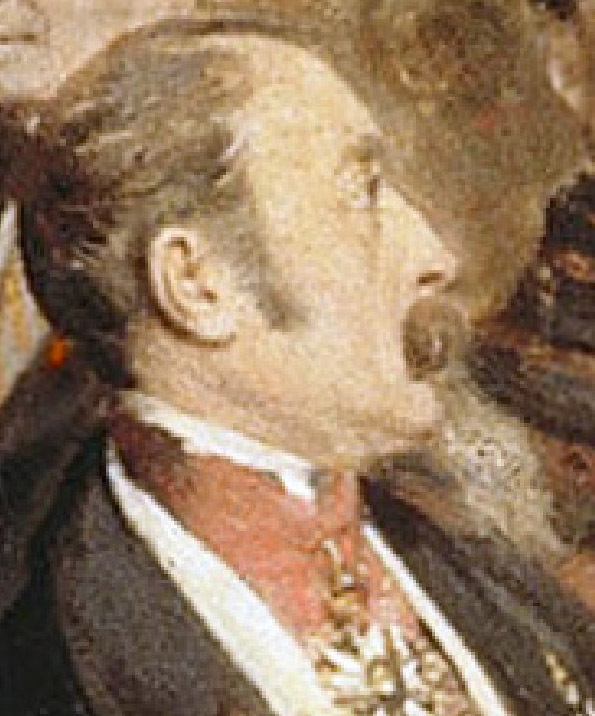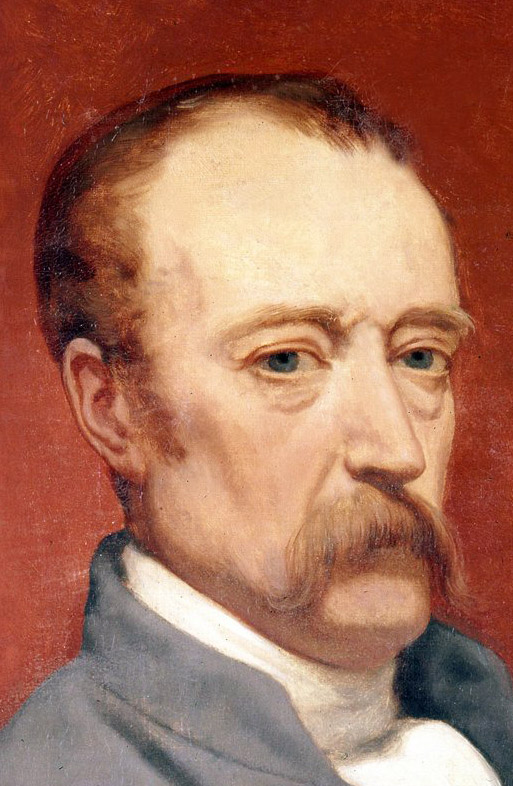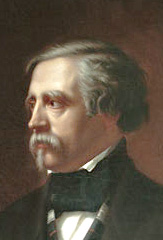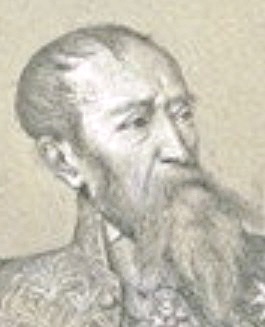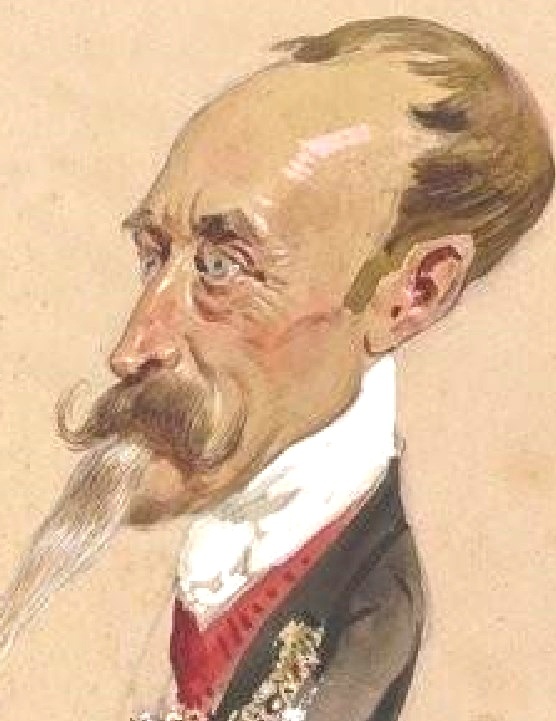Émile Jean Horace Vernet (1789 -1863), painter, photographer
1st image: Soirée; 2nd: by Scheffer41a (1817); 3rd: by Delaroche (1848); 4th: by Heim28b (1859); 5th: by Giraud11, January 9, 1852 at de Nieuwerkerke's soiree.
Born within the Louvre, Horace Vernet seemed destined for a career among the artistic elite. As a young painter, he received prestigious commissions for large-scale royal and battle scenes under the Bourbon monarchy. In 1826, he was asked to paint Napoleon I on His Deathbed, further cementing his status as a historical artist.
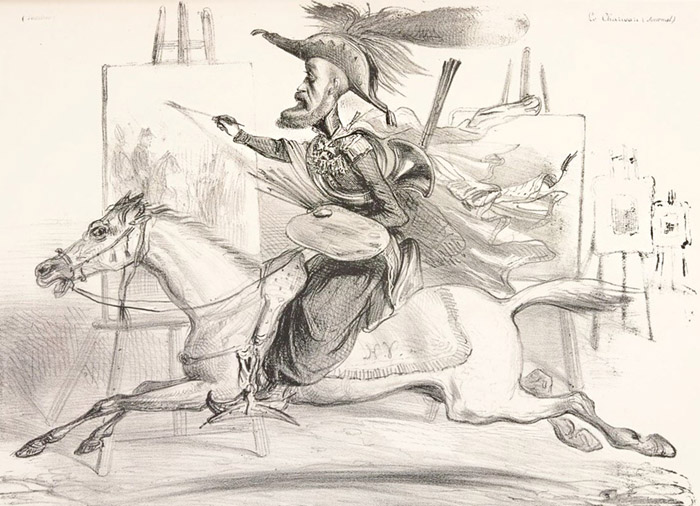
Pantheon Charivarique (1860)
In 1828, King Louis-Philippe appointed him to the French Academy at the Villa Medici in Rome, where he remained for seven years.
Painter Ingres39 took his much desired place. The King could not have chosen a more fitting cultural ambassador to represent France in Italy than Vernet—an affable, open-minded figure known for his meticulous realism.
Vernet also held a deep fascination for new archaeological discoveries in Africa and the Middle East, traveling extensively to document them. Beyond painting, he became one of the pioneers of daguerreotype photography, taking some of his first images in Egypt in 1840.
Although Vernet had attended de Nieuwerkerke16 vendredi-soirées since 1852, he had not taken the time to visit François Biard’s36 atelier to be sketched.
On February 14, 1855, Biard wrote to Nieuwerkerke, reminding him and Vernet of the missed opportunity:
"[…] Please also write a little note to Horace Vernet, because I must either give up or he must decide to give me an hour."
Looking at the representation of Vernet on Soiree au Louvre, with similar goatee as in the Giraud caricature, it appears Vernet did manage to stop by Biard's atelier.
It remains a question what would have happened if he hadn't showed up. Would Biard have painted someone else, or copy from an existing painting or engraving, such as the one by Scheffer?
